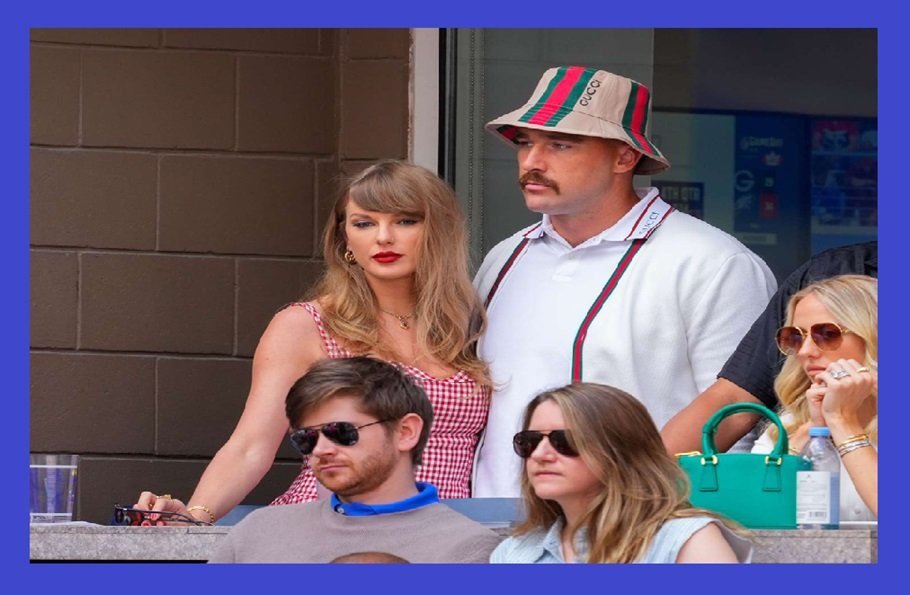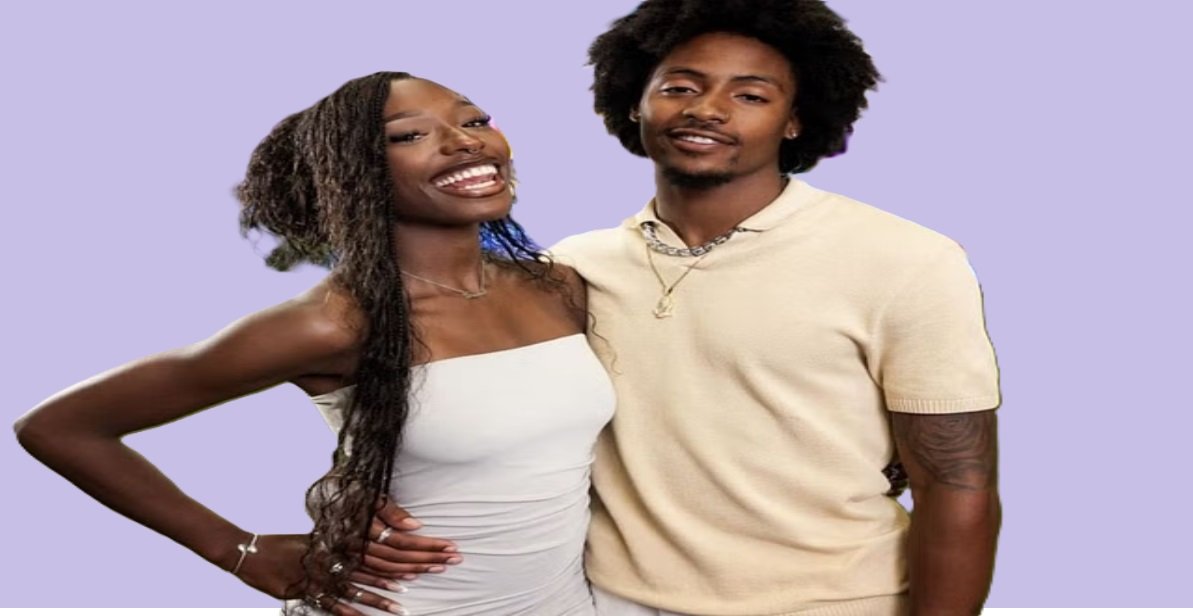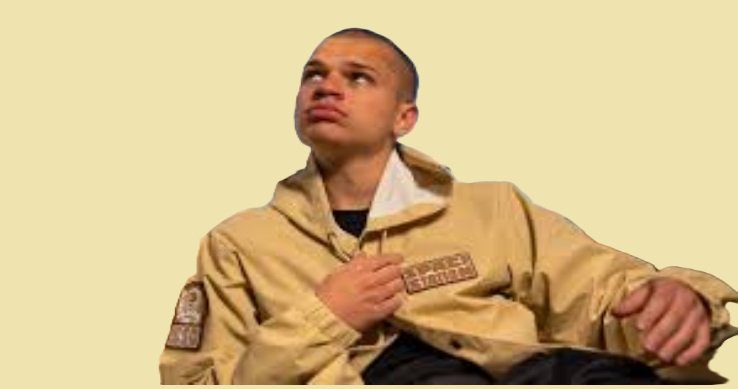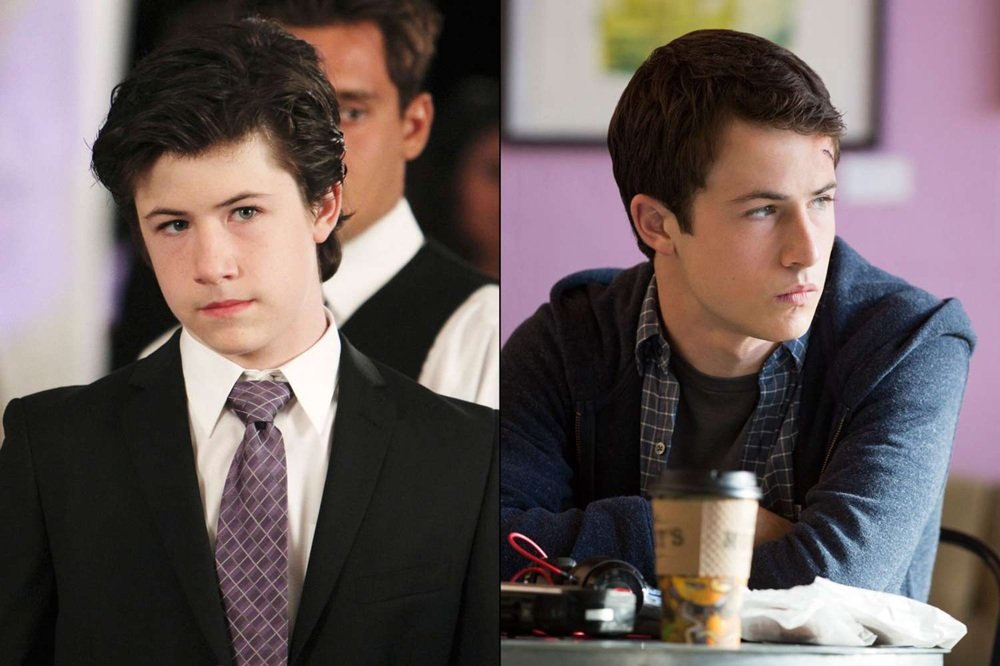Introduction
The term “hearing age” is becoming increasingly prominent in various fields, from audiology to technology. This article delves into the nuances of hearing, age examines its intersections with modern innovations like deepfake technology and fashion trends such as “New Jeans.” We’ll also explore the related concepts of “hearing height” and their implications for contemporary discourse. By the end, you’ll gain a deeper understanding of how hearing age shapes our experiences in this interconnected world.
What Is Hearing Age?
Hearing age refers to the developmental timeline of auditory capabilities, primarily used in audiology to assess how individuals experience and interpret sounds over time. For those with hearing impairments, hearing, age may differ significantly from their chronological age. This concept also extends to the broader cultural and technological context, influencing how we perceive soundscapes in modern life.
Factors Influencinghearing, age
- Biological Development: Hearing develops in utero and continues to mature after birth.
- Hearing Devices: Devices like cochlear implants can affect hearing age by providing enhanced sound input.
- Environmental Exposure: Daily sound exposure influences auditory acuity and adaptability.
The concept of hearing, age has now expanded beyond clinical use, finding relevance in discussions about digital technology, including deepfake audio and synthetic soundscapes.
Hearing Age in the Context of New Jeans

“New Jeans,” a phrase that has taken the internet by storm, often refers to the popular K-pop group celebrated for its fresh approach to music and fashion. The group’s innovative sound design raises questions about how audiences of different hearing, age perceive their artistry.
Why Hearing Age Matters in Music Appreciation
- Auditory Development: Listeners with younger hearing, age might focus more on melody and rhythm.
- Cultural Exposure: hearing, age also reflects familiarity with genre-specific styles, such as K-pop’s dynamic range.
- Technological Factors: Advanced sound engineering techniques used by New Jeans, including layering and sound effects, challenge traditional auditory expectations.
The group’s music resonates differently across generations, showcasing how hearing age plays a critical role in shaping musical appreciation.
The Role of Hearing Age in Deepfake Technology
Deepfake technology has revolutionized media by enabling the creation of hyper-realistic audio and visual content. Understanding hearing, and age is crucial in this domain because it influences how we detect and interpret synthetic sounds.
Deepfake and Auditory Perception
- Authenticity vs. Synthetic Sound: Younger hearing, and age may struggle to discern artificially generated audio from real voices.
- Applications in Audiology: Deepfake simulations can be used to train individuals with hearing devices, improving their auditory processing.
- Ethical Concerns: Misinformation through deepfake audio highlights the importance of training our auditory skills, regardless of hearing, and age.
Deepfake audio exemplifies the convergence of hearing, age with technological advancements, emphasizing the need for critical auditory evaluation skills.
Hearing Height: A Related Concept
“Hearing height” is a less commonly discussed but equally fascinating idea. It refers to the perceived spatial elevation of sounds, influenced by auditory and cognitive factors.
Factors Affecting Hearing Height
- Sound Frequency: Higher frequencies are often perceived as originating from elevated spaces.
- Environmental Context: Acoustics of a room or outdoor setting affect spatial sound perception.
- Hearing Age: Younger hearing, age may perceive sound height differently due to their developing auditory systems.
This concept enriches our understanding of how hearing, age contributes to spatial auditory experiences.
Cultural Significance: Hearing Age and Fashion Trends
The connection between hearing, age and fashion may seem unlikely at first glance. However, trends like those represented by “New Jeans” embody the auditory and visual dynamics of contemporary culture. Fashion events often integrate immersive soundscapes to enhance their appeal, further intertwining auditory perception with visual style.
The Intersection of Hearing Age and New Jeans’ Branding
- Immersive Experiences: Fashion shows now incorporate tailored soundscapes that vary depending on the audience’s average-hearing, age.
- Marketing Strategies: Brands target specific hearing, age by using auditory cues that resonate with their demographic.
- Sonic Branding: Groups like New Jeans exemplify how sound shapes brand identity.
Hearing, age Across Generations

The concept of hearing, age also helps bridge generational gaps. Younger generations may have a lower hearing age due to their immersion in multimedia, while older generations often rely on nostalgia.
Key Observations
- Youth and Technology: Younger individuals adapt more easily to synthetic sounds and innovations like deepfake.
- Seniors and Memory: Older adults may connect more with familiar sounds, aligning with their advanced hearing age.
- Cross-Generational Communication: Understanding hearing age facilitates better sound design for diverse audiences.
Enhancing Hearing Age Through Technology
From wearable devices to advanced hearing aids, technology continually influences hearing age. Innovations like augmented reality (AR) and virtual reality (VR) integrate auditory simulations, making hearing age a pivotal consideration.
Examples of Technology Influencing Hearing Age
- Cochlear Implants: Improve auditory input and accelerate hearing age development.
- Sound Therapy Apps: Help users refine their auditory processing.
- AI Sound Enhancements: Devices now use AI to tailor soundscapes based on an individual’s hearing age.
Challenges and Ethical Considerations
While the concept of hearing age opens up new possibilities, it also raises ethical dilemmas:
- Digital Misinformation: Deepfake technology can exploit individuals with less developed auditory discernment.
- Accessibility Gaps: Not all technologies are equally accessible, potentially widening the gap in hearing age experiences.
- Privacy Concerns: Advanced hearing devices often collect data, raising questions about user consent.
Addressing these challenges requires a multidisciplinary approach involving technology, ethics, and education.
Conclusion
Understanding hearing, and age is vital in today’s rapidly evolving world. From appreciating New Jeans’ innovative soundscapes to navigating the complexities of deepfake technology, hearing, and age serves as a lens through which we interpret our auditory environment. By fostering awareness and embracing technological advancements, we can enrich our auditory experiences and bridge gaps across generations and industries.
As we move forward, the interplay between hearing, age, technology, and culture will undoubtedly shape our collective auditory journey. Whether through the immersive beats of K-pop or the ethical challenges of synthetic sounds, hearing age remains at the forefront of modern discourse.



















